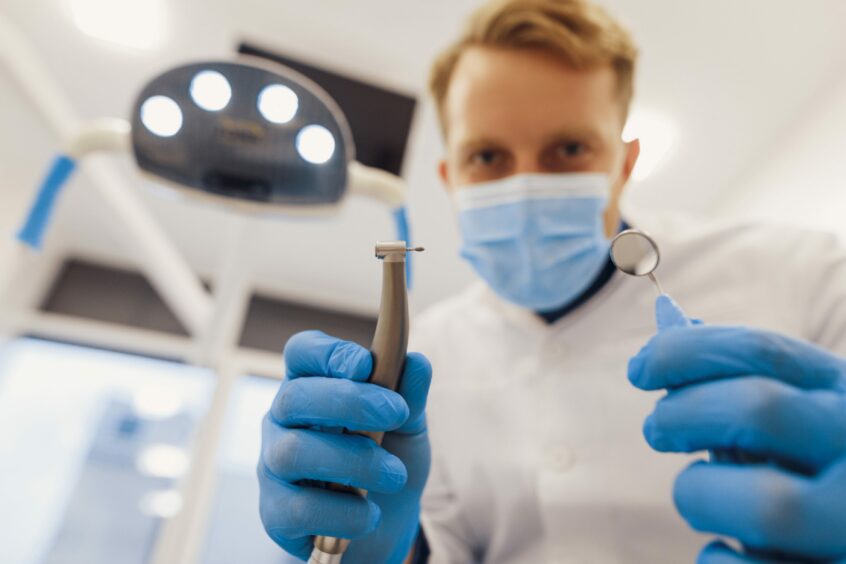
It’s no simple matter dealing with the causes of the problems faced by dental practices throughout the country.
But it seems clear there’s a significant gap at the centre of it which will not be filled by any amount of root canal treatment.
Charlotte Waite, director of the British Dental Association in Scotland, has issued a stark message to politicians across the spectrum. She insists that a restructuring of the current “unsustainable” system, after more than six million NHS dental appointments were lost since lockdown, is “essential” to deal with an enormous backlog of patients.
There’s an exodus of talent
Meanwhile, one in 10 dentists in Scotland have stopped carrying out NHS treatments since the onset of the pandemic three years ago. Others are considering leaving the sector, either to take early retirement or move into private practice.
Ms Waite told the Press & Journal: “We desperately need reform, so that we can rebuild a service, with prevention at its heart.”
However, the disparity in the scale of the problem between what she describes and the reaction of the Scottish Government suggests a gulf, similar to what is happening in other areas of the NHS as it grapples with more patients and fewer practitioners.
Few who have had dental work carried out in recent years would disagree that treatment is an expensive process. Private treatment prices for an implant can set patients back £2,500, while a bridge costs anything between £1,200 and £1,800.
More than 90% of British dentists reported last year they had examined patients who had undergone dental treatment abroad, so the malaise isn’t confined to Scotland.
And the Scottish Government said it was committed to ensuring that any issues were resolved before pandemic financial support is withdrawn in October.
A spokeswoman told us: “Official statistics, published by Public Health Scotland, show that more than 95% of the Scottish population is registered with an NHS dentist. They also show a significant recovery in NHS dental service provision following the relaxation of infection prevention and controls in April last year.
‘Expanding grants for new practices’
“We recognise the challenges facing the sector and are working on the introduction of national payment reform with a new, modernised system that will provide NHS dental teams with greater clinical discretion, and transparency for NHS patients.
“We’ve put in place tailored solutions for health board areas where dental access is particularly challenging by expanding Scottish Dental Access Initiative grants to help with setting up new practices, or extend existing practices. We have also made available an enhanced recruitment and retention allowance of up to £37,500 over three years.”
However, the BDA refutes a lot of these claims and regards “registration” as a meaningless figure. The association has revealed – from the same statistics used by Public Health Scotland – that, as of last September, just 50.4% of all registered patients had seen an NHS dentist within the last two years, down from the 52.6% in 2021, and a considerable reduction from almost two-thirds (65.1%) in 2020.
It fears the consequences for those who can no longer gain access to appointments and has urged Holyrood to deal with what it regards as an increasing crisis.
Long-term problems being stored up
A spokeswomen said: “The BDA has warned that lower levels of participation will inevitably translate into a higher dental disease burden, with deep oral health inequalities expected to widen even further given the cumulative impact of limited access to services, the temporary suspension of public health programmes, and the impact of lockdown diets.
“Lower participation will also reduce the chance of picking up early signs of decay and oral cancers at routine check-ups, and delays in treatment will mean higher costs to the NHS and worse outcomes for patients.”
Dentist Dr Gillian Lennox, who works at the sharp end of the sector, has no doubt about the range of serious issues which have cast a cloud over her and many of her colleagues.
She told me: “Many dentists left, sold up or retired early during Covid and, crucially, young graduates do not want to work in a broken system.
“Working in the NHS can mean seeing 30-40 patients a day and many younger colleagues feel that this doesn’t give them enough time to spend with their patients.
“Moreover, NHS dentistry has been underfunded for years. It is financial suicide now to provide some treatments on the NHS, especially dentures.
Nothing done by the government
“Laboratory fees have increased considerably and, in many cases, the practice will make a financial loss providing dentures on the NHS.
“The profession have raised this with the government on many occasions but nothing has been done. We keep being told there is no more money, but we are still expected to provide a full range of services.
“Practices can no longer afford to subsidise loss-making procedures, making many of them close their doors to new NHS patients or fully convert to private practice.”
The BDA confirmed that the cost-of-living crisis is impacting on patients and, while the Scottish Government has pledged free dentistry for all by the end of this Parliament, argues that “ministers need to show real ambition if this promise is going to be kept.”
Ms Waite said: “Dentists are facing an unprecedented backlog. We have lost the chance to nip problems in the bud, and so patients are coming us requiring far more time-consuming treatment. The result is that many are struggling to secure appointments.
“NHS dentistry works to a high volume/low margin model that is now completely unsustainable.”
Action needed to tackle inequality
The Scottish Government pointed out that statistics show that, for the period from September 2007 to September 2022, the number of ‘high street’ dentists increased from 2,261 to 2,791, a rise of 23% during what was often a difficult economic climate.
But it has admitted that more needs to be done to tackle the inequality between those who can afford to revert to private practice whenever it is required and those who struggle to even gain registration with an NHS dentist.
Former north-east MSP, Lewis Macdonald, was Labour’s deputy health minister at Holyrood from 2005 to 2007, with responsibility for dentistry policy.
He told the P&J: “It is very disappointing to see how much NHS dentistry has gone backwards in recent years.
A growing crisis in dental care
“When I was Minister, we recognised the need to do two things: require dentists to offer NHS treatment to all patients in order to receive NHS funding and, at the same time, increase the level of funding to make that worthwhile for dentists.
“The changes we made put NHS dentistry on a much firmer footing, but the Covid pandemic meant that the system of NHS funding for dentists had to be overhauled again. That has not happened, and the growing crisis in dental care is the result.
“The fundamental objective of dentistry policy should be to ensure that all of us are able to access dental care as NHS patients. Unless urgent action is taken, that will be at greater risk than it has been for a generation.”
Which is definitely something to chew upon.


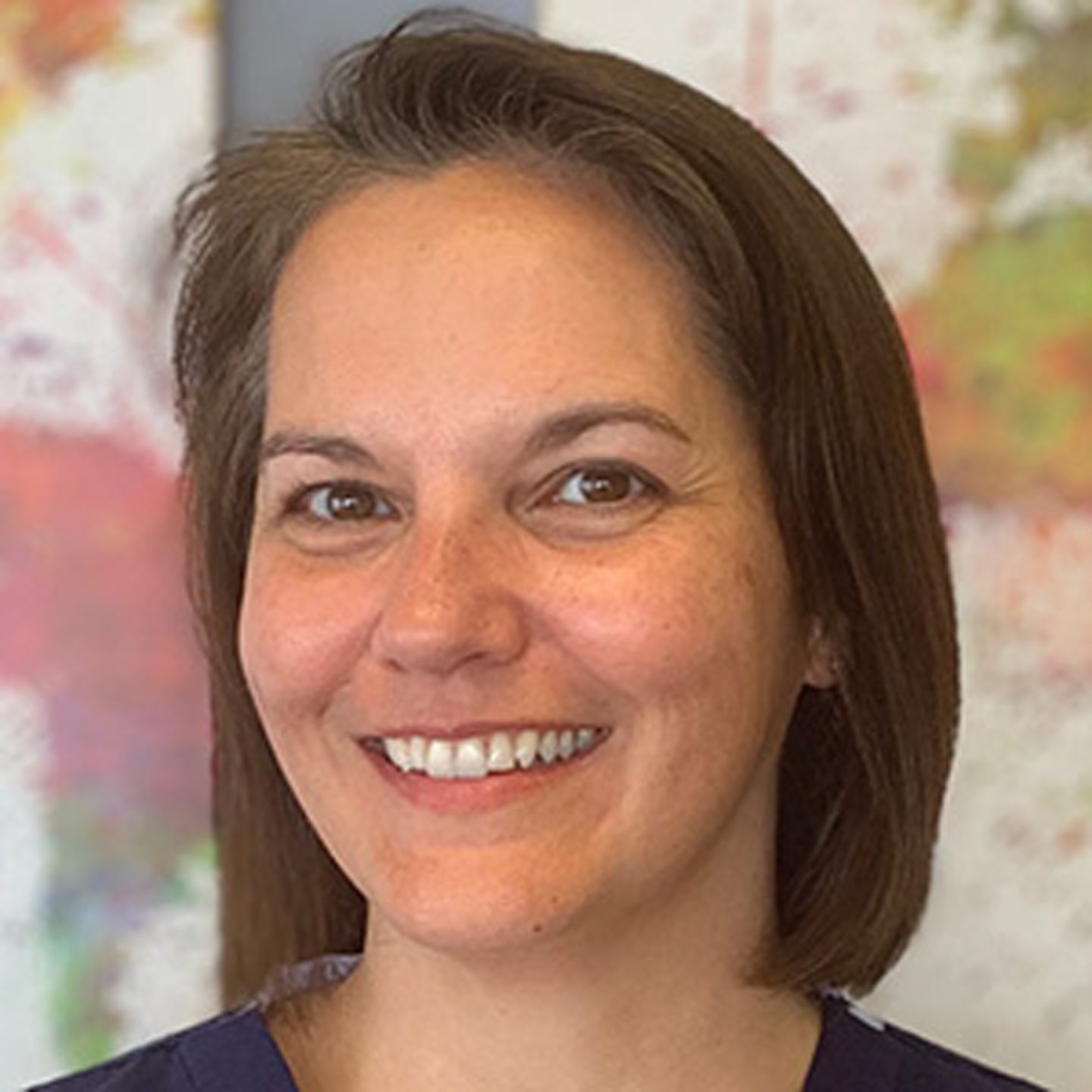
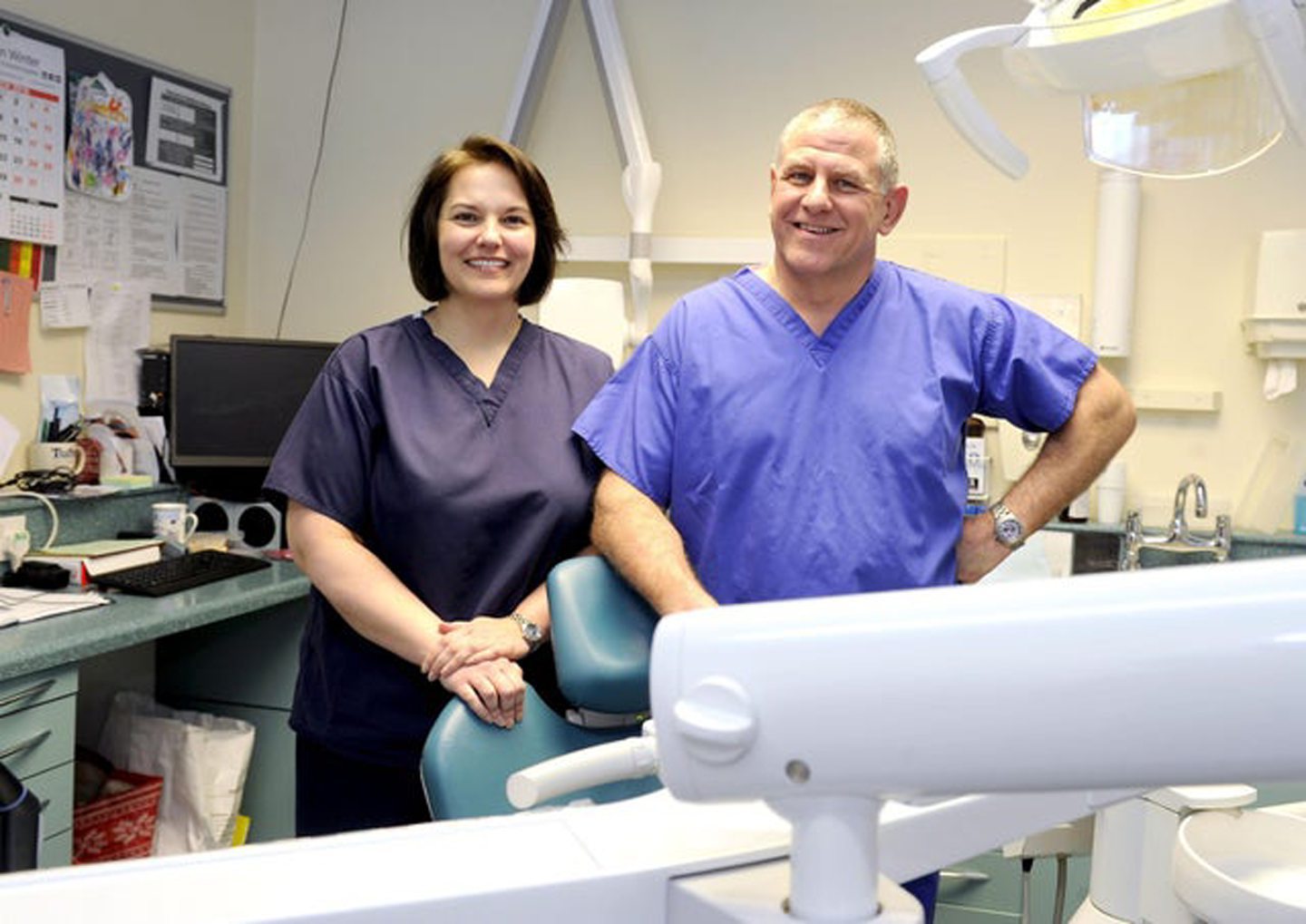
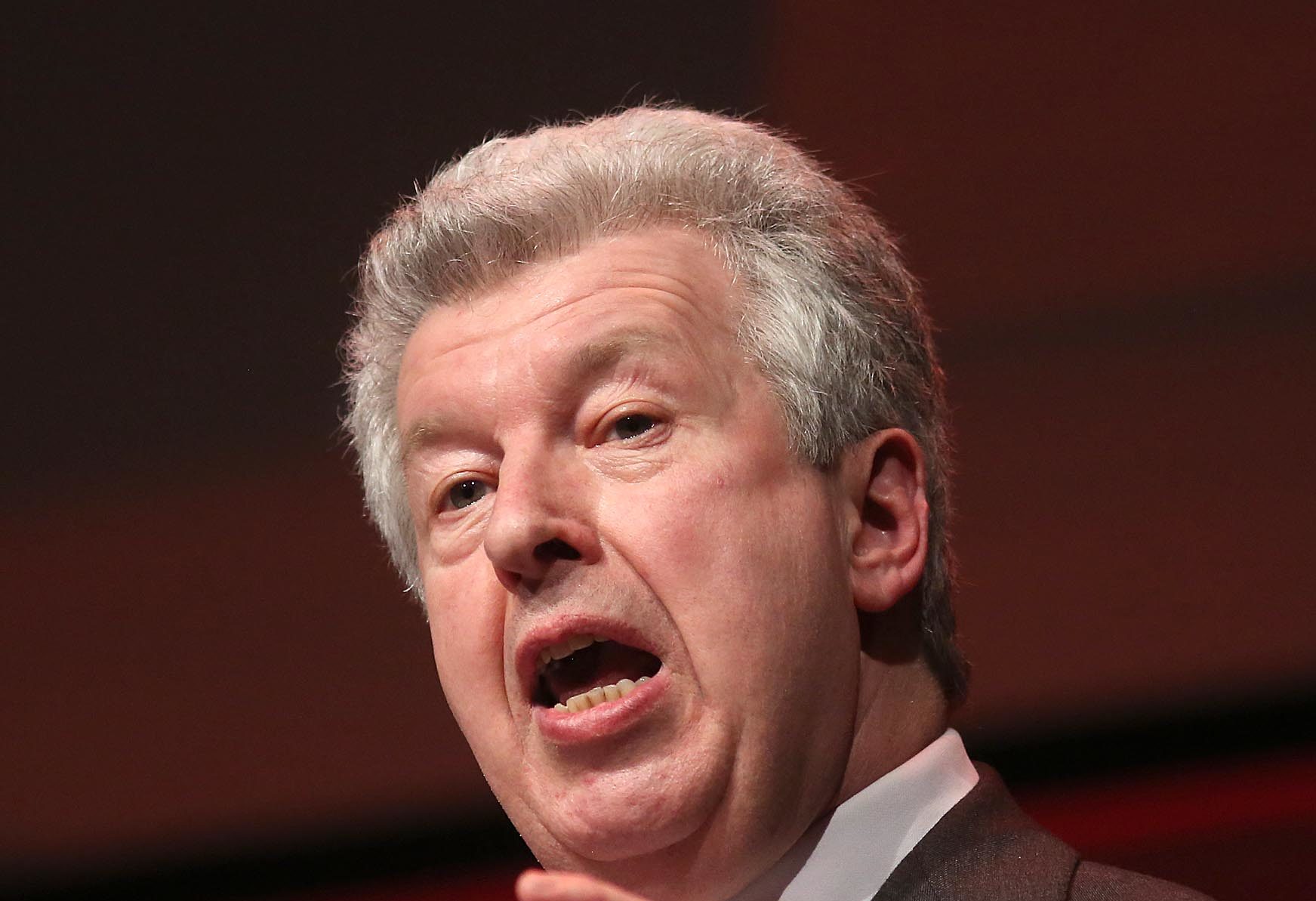
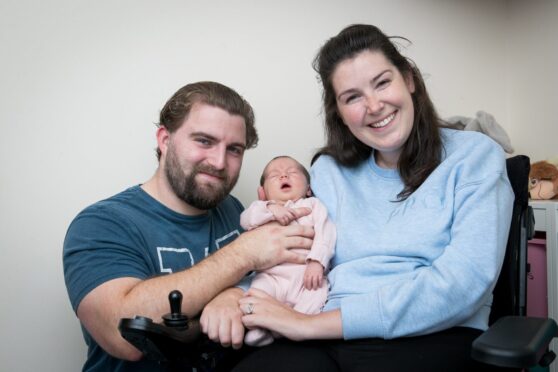
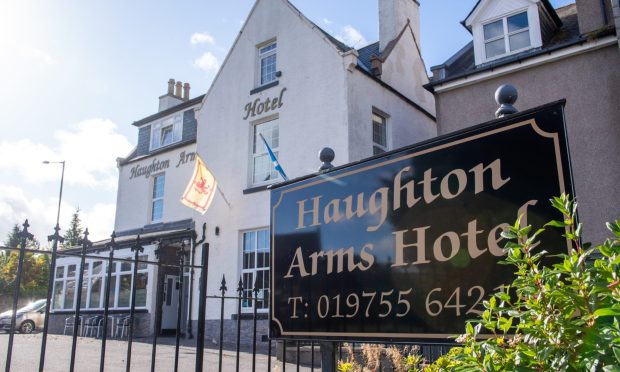
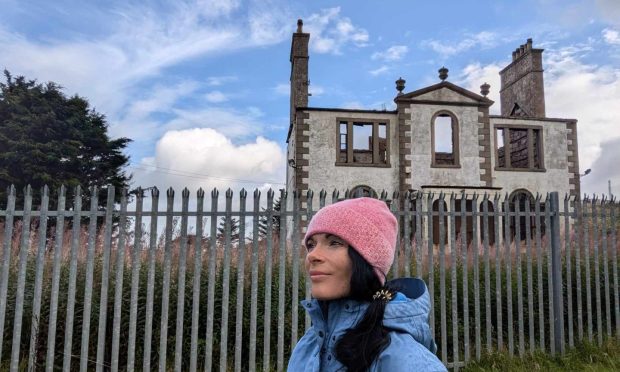
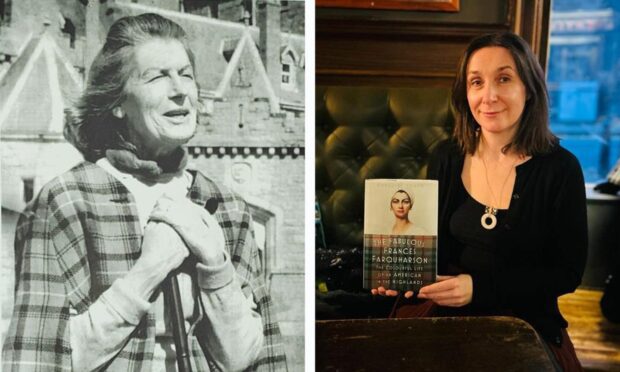
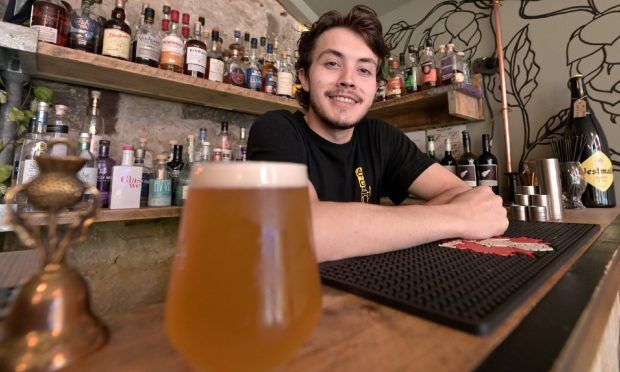



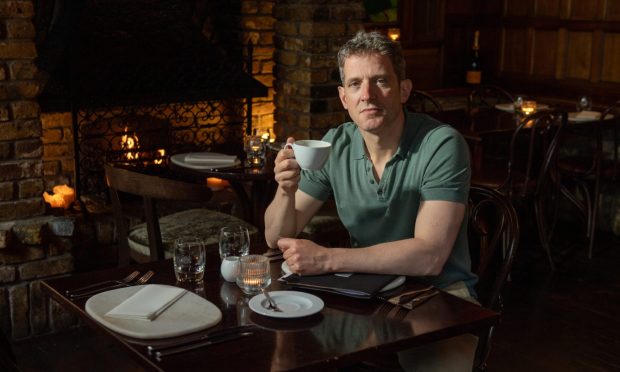
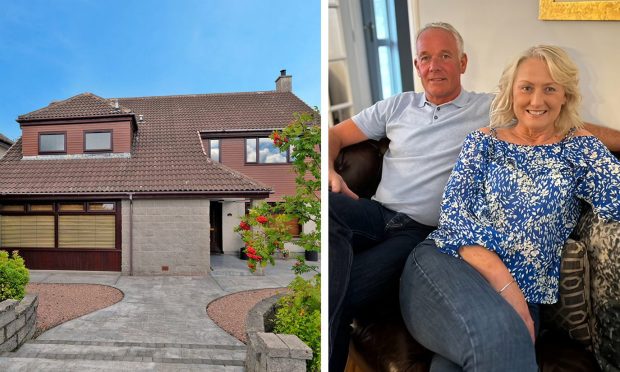
Conversation